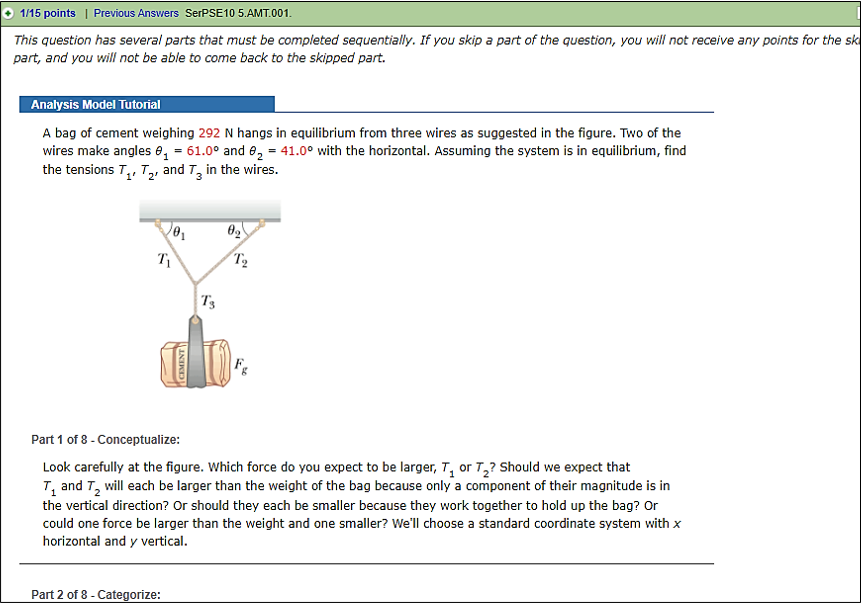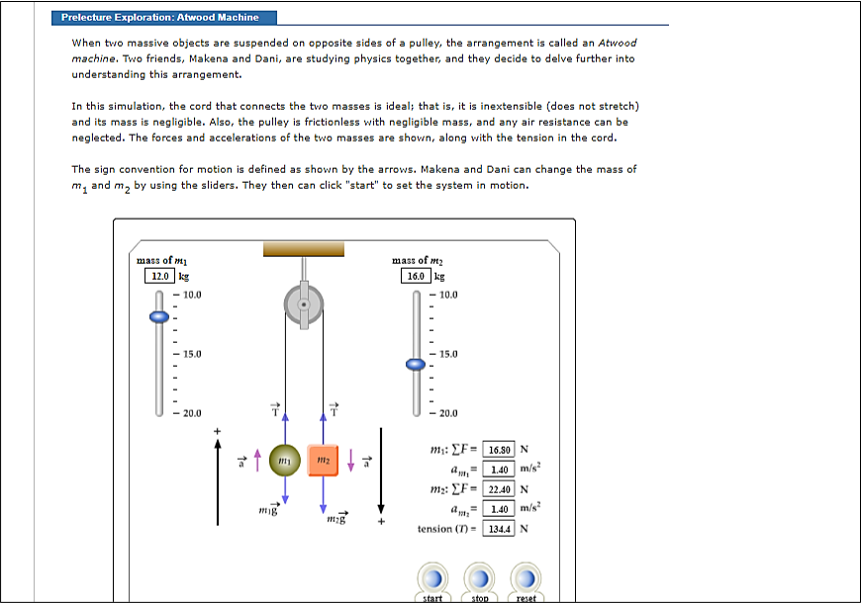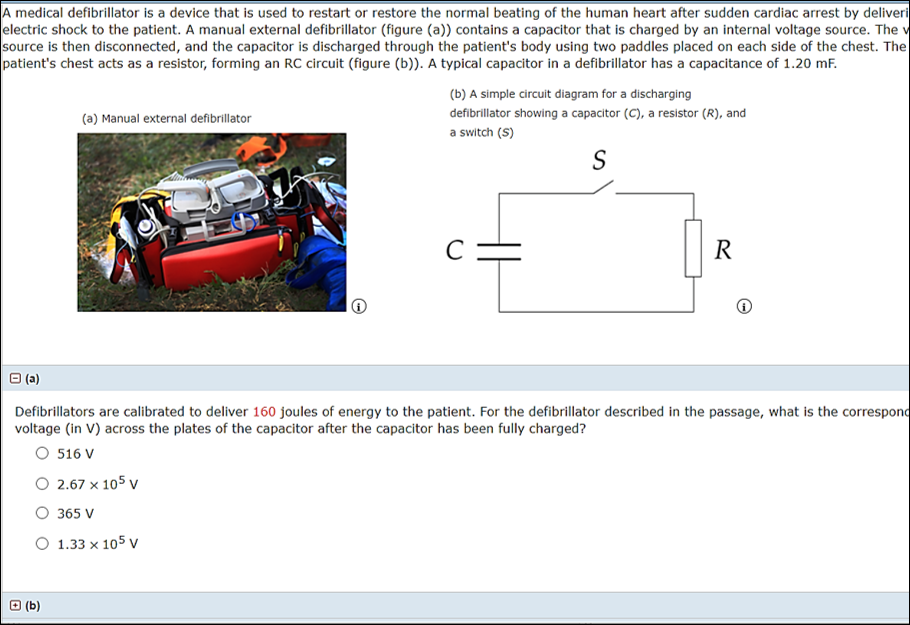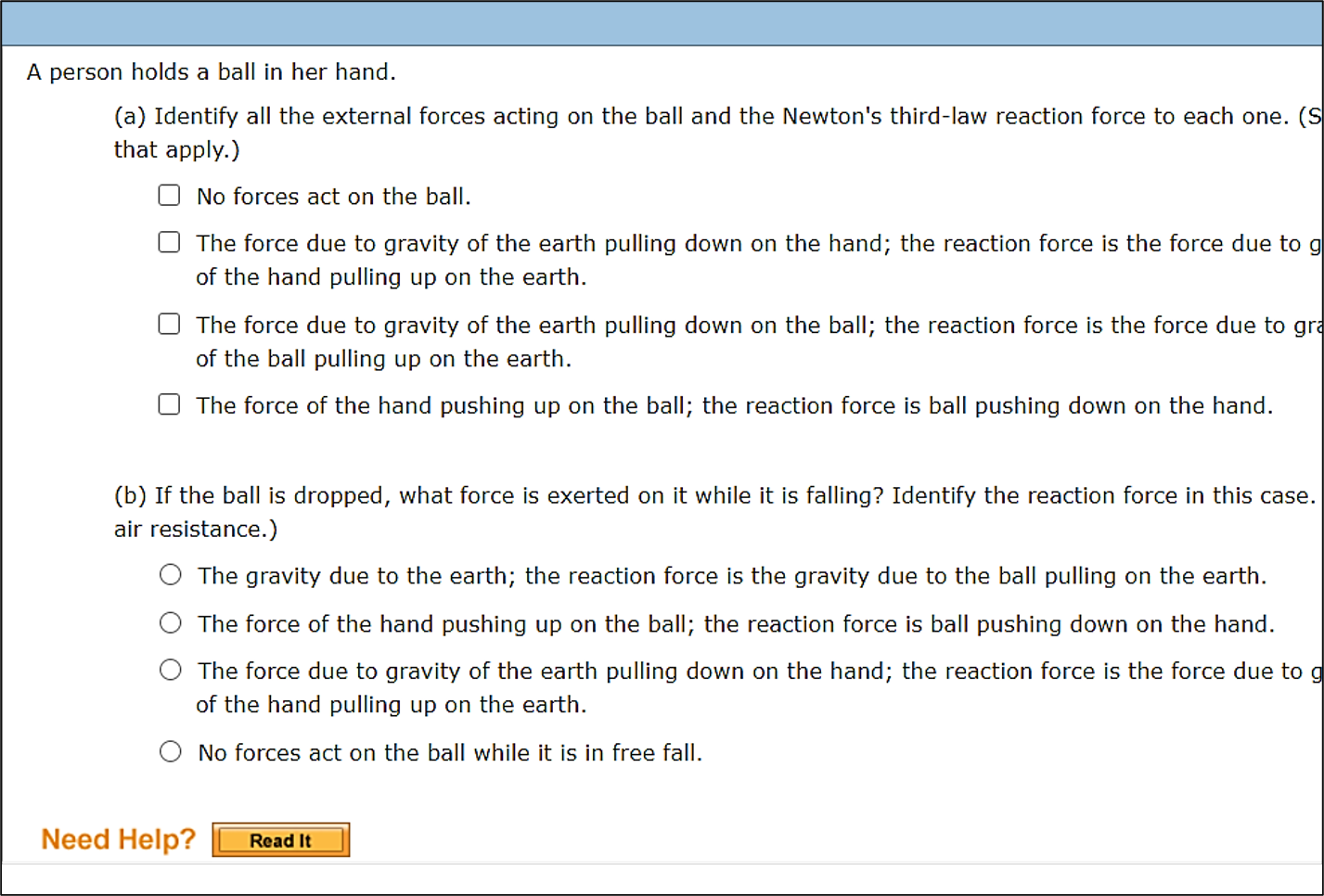Set the contextual stage of your course by providing the content and tools students need, when they need it. With WebAssign for Physics, content is designed to meet the needs of all stages of learning. WebAssign encourages real understanding and promotes academic integrity, with unmatched flexibility and course control to adapt to all course formats.
TRY A SAMPLE ASSIGNMENT
Find Questions & Content in WebAssign
Unique learning questions are signified in WebAssign in the question name with a distinct abbreviations (ex .EP) and are distributed throughout each chapter and section. You can search the abbreviation in the Question Browser to find these questions types to use in an assignment.
If a question does not have an abbreviation (ex: Algebra Remediation Exercises), you can typically find them in the Question Browser for your title in Chapter 0, or an appendix. If you need any help finding questions for your assignment, contact your Cengage Sales Representative.
Content Available for Physics
Scaffolding the Essentials of Physics (STEP) Questions
STEP (Scaffolding the Essentials of Physics) problems are self-paced activities that bridge the gap between basic physics knowledge and homework problems.
Available for Serway’s College Physics.
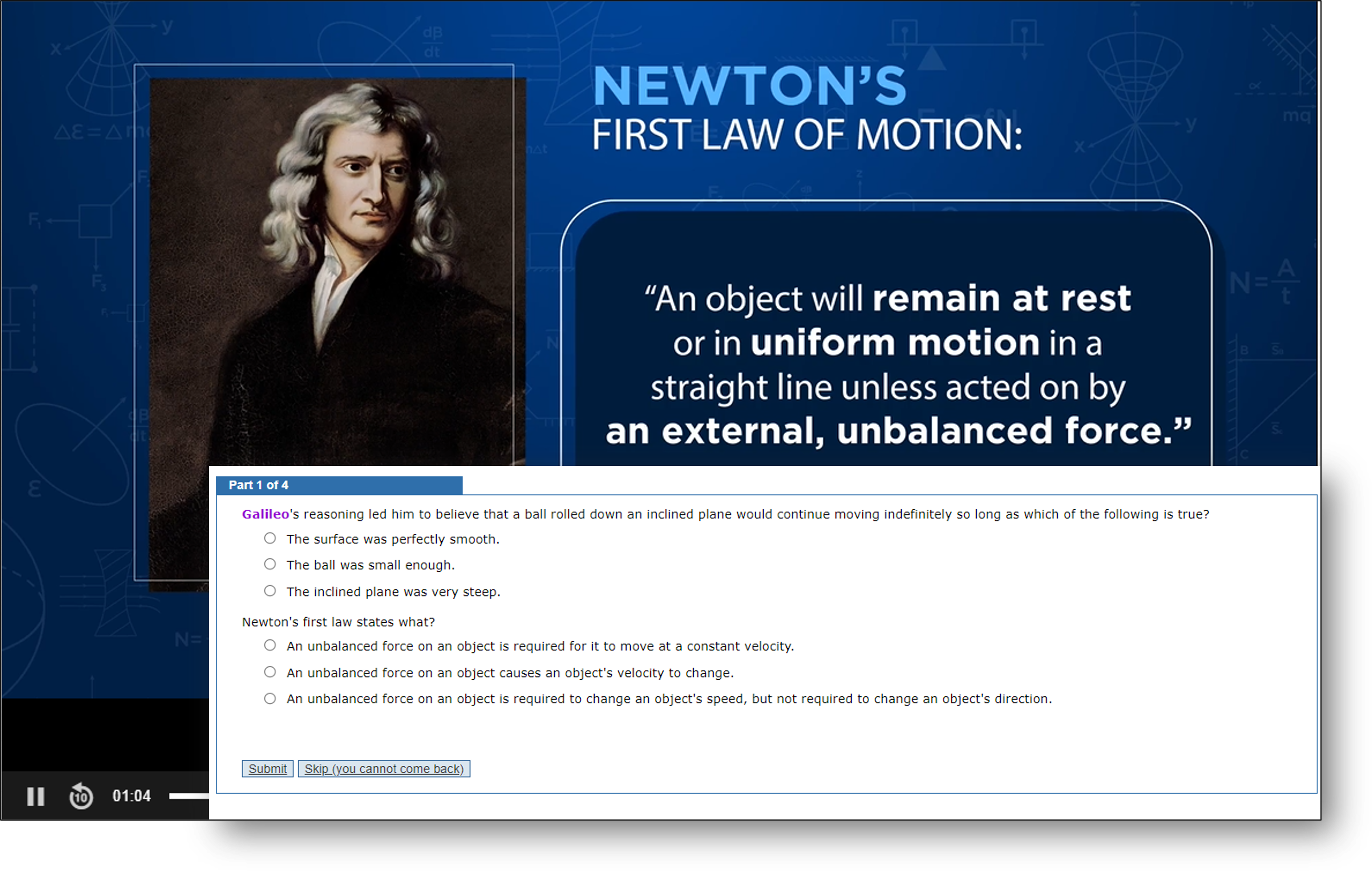
Digital Workbook Problems (.DWB)
Change the way students learn Physics with new Digital Workbooks. These innovative and classroom-tested workbooks present a learning activity including narrative, assessment and interactive media assets that focus on the most important topics. You can find these questions in the question browser, in a chapter/section labeled ‘Digital Workbook Problems’.
Analysis Model Tutorial (.AMT)
Created by co-author John Jewett, these enable your students to think like physicists with guided exercises to walk them through every step of the problem-solving process, modeling how a physicist problem solves. You can find these questions in the question browser, in a chapter/section labeled ‘Analysis Model Tutorials’.
Only available for Serway/Jewett – Physics for Scientists and Engineers 10e
PreLecture Explorations (.PLE)
Visually prepare your students for your next lecture with these laddered modules that enable students to interact with the topics and reinforce conceptual and analytical understanding. You can find these questions in the question browser, in a chapter/section labeled ‘PreLecture Explorations.’
Available for Serway’s College Physics and Serway’s Physics for Scientists and Engineers.
MCAT-Style Passage Problem Module (.PSG)
Prepare your students for the MCAT with our MCAT Passage Problems. Each module starts with a text passage (often with photo/figures) followed by an assessment with feedback.
Objective (.OQ) and Conceptual Questions (.CQ)
Facilitate your students’ familiarity with equations, variables, concepts the variables represent and the relationships between the concepts. You can find these questions in the question browser, in a labeled chapter/section.
Objective Questions are available for Serway’s Physics for Scientists and Engineers, and both Objective Questions and Conceptual Questions can be found in Serway’s College Physics.
